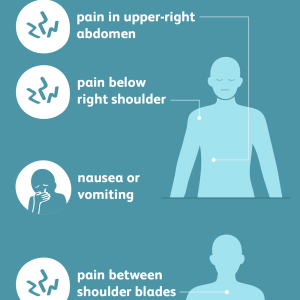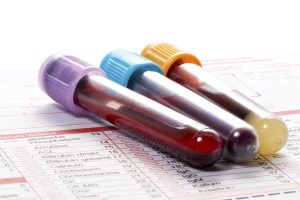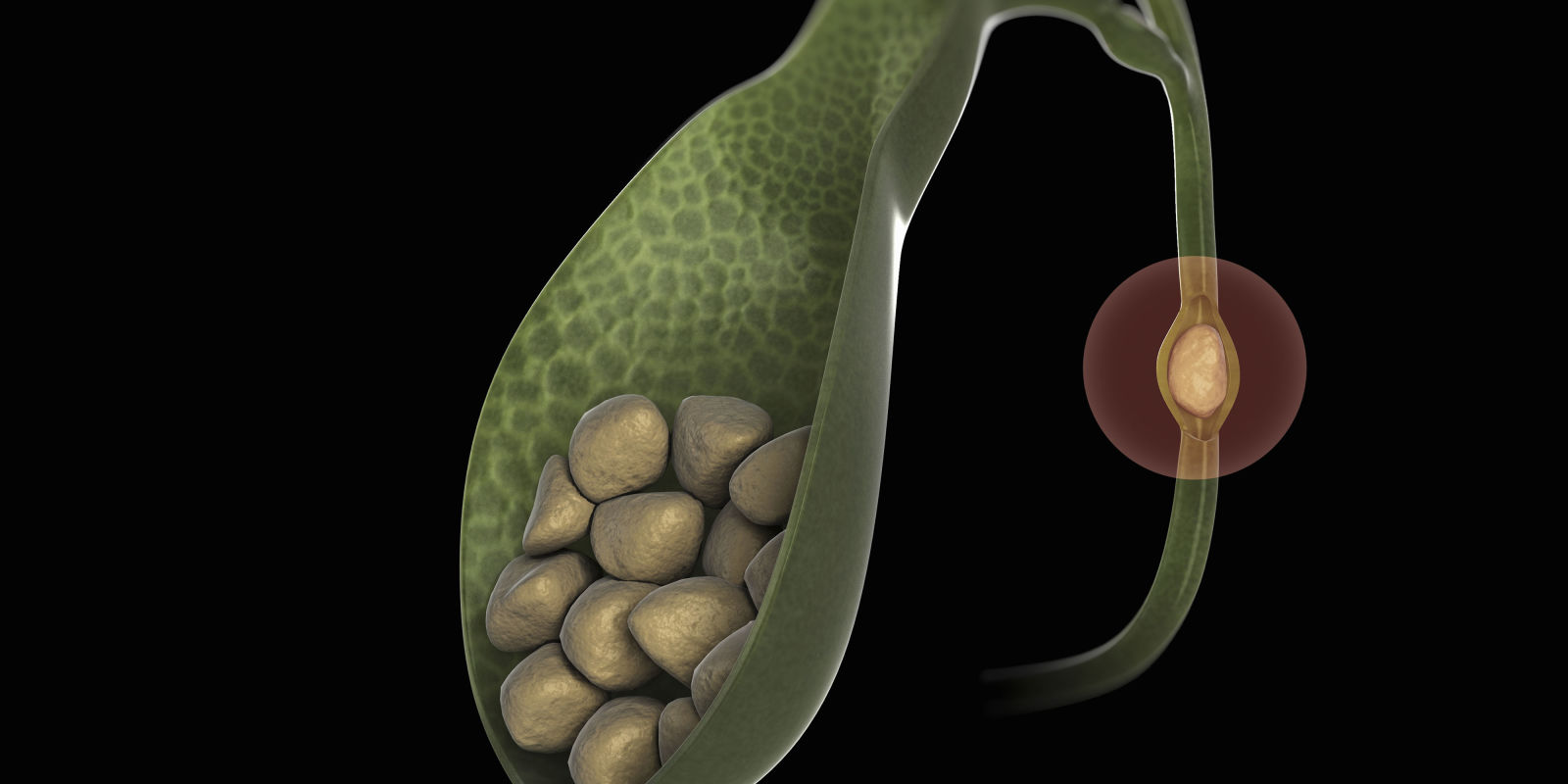Introduction
Gallstones, medically known as cholelithiasis, are hardened particles that form in the gallbladder or bile ducts. While common, especially among women, understanding their causes, symptoms, and available treatments is crucial for effective management.
Overview
Gallstones develop from hardened bile sediment in the gallbladder or bile ducts. The gallbladder stores bile produced by the liver, and when sediment accumulates, it can crystallize, forming gallstones. This condition is referred to as cholelithiasis.
Symptoms and Causes
What are gallstones? Gallstones are solidified, concentrated bile particles that can form in the gallbladder or bile ducts. The term “cholelithiasis” is often used to describe this condition, where stones develop due to the crystallization of bile sediment.
How serious are gallstones? Gallstones may not always pose immediate problems, with many people remaining unaware of their presence. However, complications can arise if the stones block the biliary tract, leading to pain and serious issues. The gradual growth of gallstones, fueled by continuous bile exposure, can impede bile flow, especially in narrow spaces like bile ducts or the neck of the gallbladder.
How common are gallstones? In the United States, at least 10% of adults have, and up to 75% of them are women or individuals assigned female at birth (AFAB). However, only 20% of those diagnosed will experience symptoms requiring treatment.

Symptoms in Points
- General Symptoms: Gallstones may not cause symptoms initially.
- Obstruction Symptoms: If gallstones obstruct the biliary tract, symptoms may include:
- Sudden, severe upper abdominal pain.
- Nausea.
- Sweating.
- Fever.
- Fast heart rate.
- Abdominal swelling and tenderness.
- Yellow tint to skin and eyes (jaundice).
- Dark-colored urine and light-colored stool.
- Gallstone Pain: Typically sudden and severe, gallstone pain may occur after eating, especially when the gallbladder contracts. Described as intense, sharp, stabbing, cramping, or squeezing, it may wake you from sleep.
- Pain Location: Usually felt in the upper right quadrant under the ribcage. Can radiate to the right arm, shoulder, back, chest, or middle of the abdomen.
- Referred Pain in AFAB Individuals: People AFAB may experience referred pain in areas like the arm, shoulder, chest, or back.
- Pain Triggers: Gallstone pain occurs when a stone causes a blockage, intensified by gallbladder contractions triggered by rich, heavy, or fatty meals.
- Warning Signs: Biliary colic, a temporary blockage causing pain, serves as the only warning sign. Recognizing these episodes is crucial as they indicate potential future complications.
Diagnosis and Tests
How are gallstones diagnosed? If gallstone symptoms are present, healthcare providers use blood tests and imaging tests for diagnosis. Abdominal ultrasound is commonly employed to locate, while additional tests like MRCP, HIDA scan, and endoscopic ultrasound may be necessary for stones in other areas of the biliary tract.

Management and Treatment
What is the treatment? If gallstones are asymptomatic, no treatment may be necessary. However, if they cause a blockage, removal becomes essential to prevent future issues. Surgery, particularly gallbladder removal (cholecystectomy), is the most reliable long-term solution.
Gallstone Surgery: Cholecystectomy is a common laparoscopic surgery to remove the gallbladder, ensuring bile flows directly from the liver to the small intestine. In cases where surgery is unsafe, cholecystostomy, involving placing a catheter in the gallbladder to drain it, is an alternative.
Medical Treatments: Prescribed medications like ursodiol and chenodiol are less common due to their limited efficacy, mostly suitable for smaller cholesterol stones. Surgery remains the primary choice for persistent or complicated cases. Treatment for other health problems
Prevention
How can I prevent gallstones from forming? While there’s no foolproof way to prevent, certain steps can reduce overall risk:
- Lower cholesterol in the diet to minimize the risk of cholesterol stones.
- Maintain a healthy weight, as excess body fat raises cholesterol levels.
- Gradual weight loss is advisable; rapid weight loss, as after surgery, may increase the risk of gallstones.
Outlook / Prognosis
What is my prognosis after treatment? After gallbladder removal surgery, most individuals never require treatment for gallstones again. Complications are uncommon, but some may experience chronic diarrhea, managed with bile acid binders.
Living With
Do gallstones ever go away on their own? Gallstones do not resolve without treatment. Surgery is the only method to eliminate permanently.
When should I see my healthcare provider about gallstones? Seek immediate medical attention for sudden, severe upper abdominal or shoulder pain, potentially indicating a gallbladder attack. Consult a healthcare provider if you suspect gallstones, even if symptoms have subsided.
Conclusion
Understanding gallstones is crucial for proactive healthcare. Recognizing symptoms, seeking timely diagnosis, and exploring appropriate treatments contribute to effective management, ensuring a healthier life without the complications.




